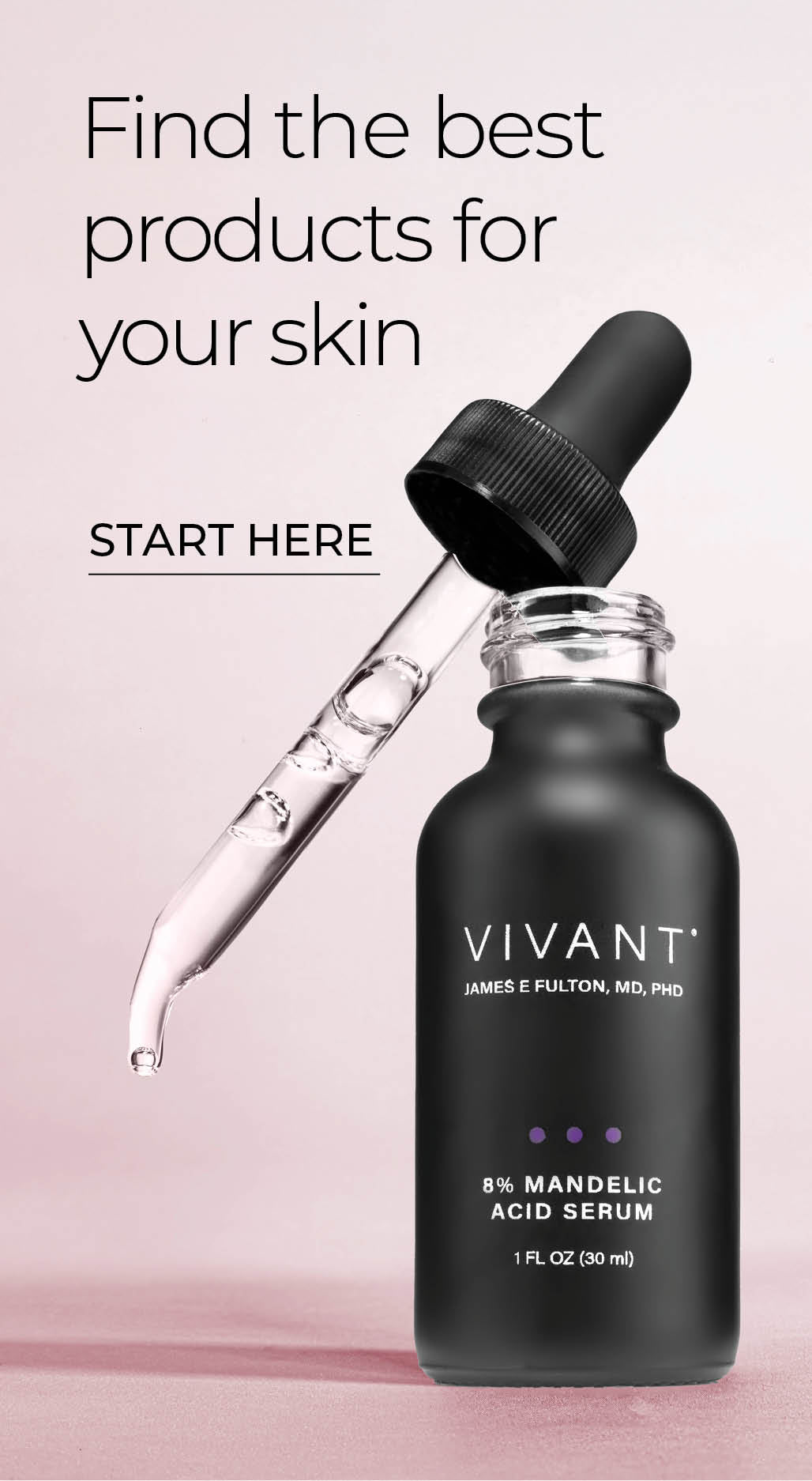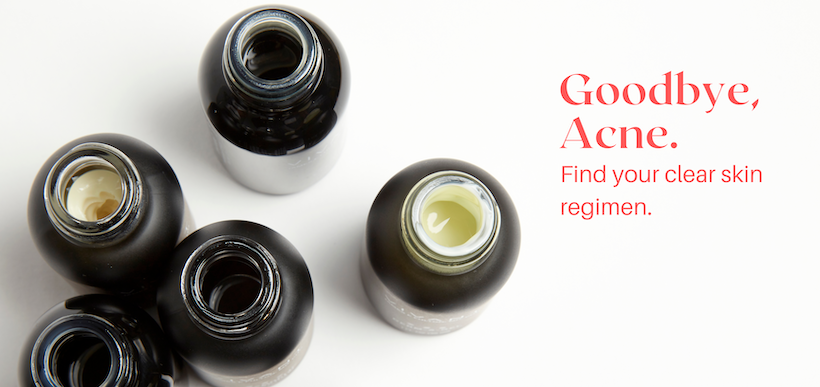Why You Should Be Cleaning Your Makeup Brushes

Whether you’re a minimalist or a maximalist with makeup, here’s one universal truth: your brushes need to be cleaned—often. Here’s why it matters.
Why Dirty Brushes Are Bad for Your Skin
Makeup brushes collect oil, dead skin cells, old makeup, and dirt . Every time you use a dirty brush, you’re applying all that grime right back onto your skin—along with your fresh makeup.
If your brushes sit out on your bathroom counter, they could also be picking up:
Hairspray
Perfume
Dust
Airborne bacteria
That gunk builds up in your brush bristles and can clog pores or irritate sensitive skin.
Cross-Contamination is Real
Using dirty brushes can also contaminate your makeup products by transferring bacteria back and forth between your face and your products. That shortens the life of your cosmetics—and risks skin infections.
Makeup Sponges are Even Riskier
Sponges are porous and tend to stay moist , making them ideal breeding grounds for bacteria. If you're using beauty sponges, frequent cleaning is even more critical.
The Professional Take : Cleanliness = Safety
Pro makeup artists clean their brushes daily. According to Allure Magazine’s Digital Beauty Reporter Devon Abelman, hyper-diligence isn’t about being fussy—it’s for hygienic reasons .
“Horror stories often pop up on social media after a model gets an infection from dirty brushes.”
— Devon Abelman, Allure
Bottom line: Don’t share brushes without washing them thoroughly before and after.
How Clean Brushes Improve Application
From a purely practical standpoint:
Clean brushes give you smoother makeup application
They extend the life of your tools
And they keep your skin clearer and healthier
How to Clean Makeup Brushes
You should clean your brushes once a week for optimal hygiene— once a month at a minimum .
Best Cleansers to Use:
Soothing and gentle, ideal for regular brush cleaning.
Antibacterial and exfoliating—great for brushes and acne-prone skin.
Cleaning Instructions
Place a drop of cleanser in the palm of your hand.
Wet the bristles slightly.
Swirl the brush in your palm to work up a lather.
Rinse thoroughly with warm water.
Gently squeeze out excess water.
Reshape bristles.
Let brushes air dry with the bristles hanging off the edge of a counter (for full airflow).
❌ Don’t stand brushes upright to dry—moisture can seep into the glue and cause the bristles to loosen.
The Bottom Line
We know, the last thing you need is more to do, but it’s a small thing that yields a big benefit. Keeping your brushes clean, keeps your skin clean and that’s the first step toward keeping clear and glowing.


Comments